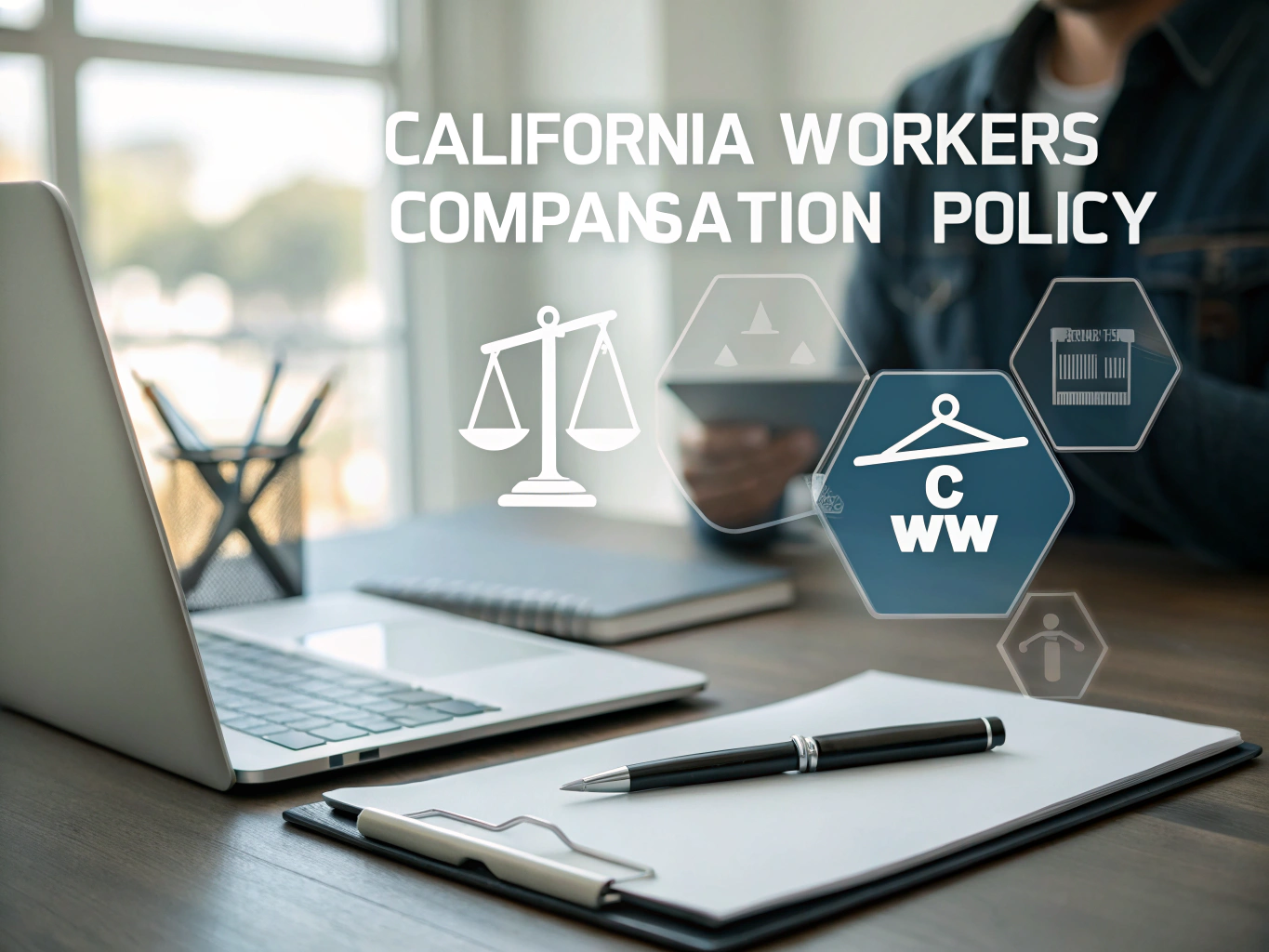Definition
The recruitment workflow is your roadmap for attracting, evaluating, and hiring the right candidates for your organization. Think of it as a structured sequence of steps that guides you from recognizing the need for a new hire to welcoming them on their first day. It’s all about making the hiring process smoother, more efficient, and ultimately more successful.
Key Components
Understanding the recruitment workflow involves knowing the essential components that make it effective. Here are the main elements to consider:
- Identification: This is where it all begins! You recognize that a role needs filling due to various reasons, such as a team member leaving or business expansion. For example, if a sales manager departs, you might decide to restructure the team, leading to a new hire who can adapt to evolving market demands.
- Investigation: Take a deep dive into the specifics of the role. This means gathering detailed information about the responsibilities, necessary skills, and the ideal candidate profile. Don’t rush this phase; a well-defined position leads to better matches. Imagine hiring a developer without understanding the tech stack they need to be proficient in—it’s a recipe for disaster!
- Communication: Crafting a compelling job description is key. Use the insights gathered from your investigation phase to attract the right talent. Consider including both hard skills, like software proficiency, and soft skills, such as teamwork and adaptability. Once you have your description, share it widely—on job boards, social media, and through employee referrals to maximize visibility.
- Evaluation: This phase is all about assessing applicants. Once candidates apply, you’ll sort through resumes, conduct interviews, and may even include tests or assignments to gauge their fit. Imagine reviewing applications and finding a gem who not only meets the qualifications but also aligns with your company culture. This is what the evaluation phase is all about!
- Offer and Onboarding: After selecting the right candidate, it’s time to extend an offer. Ensure the offer includes all necessary details, from salary to benefits. Once they accept, a well-planned onboarding process is crucial for helping them smoothly transition into their new role and feel like part of the team.
Importance in the Workplace
A well-structured recruitment workflow is vital for any organization because it directly impacts the quality of hires and, subsequently, overall business performance. For example, a company with a strong recruitment process can significantly reduce turnover rates. Imagine if you spent weeks finding a candidate only for them to leave after a few months—this can be costly and demoralizing for your team. With an effective workflow, you improve the chances of hiring individuals who not only have the right skills but also fit well with your company culture, leading to long-term retention.
Best Practices
To maximize the effectiveness of your recruitment workflow, consider these best practices:
- Standardize Your Process: Develop a consistent workflow that everyone in your HR team follows. This ensures that no steps are skipped and each candidate receives the same level of attention and evaluation.
- Leverage Technology: Use Applicant Tracking Systems (ATS) to manage applications easily. This helps streamline communication, scheduling, and feedback, allowing you to focus more on assessing candidates.
- Gather Feedback: After the hiring process, collect feedback from candidates and hiring managers. This will help you identify areas for improvement and refine future recruitment strategies.
- Build a Talent Pool: Keep a database of past applicants and potential candidates even when you’re not actively hiring. This can save you time and resources when a new position opens up.
- Focus on Employer Branding: Make sure your job postings reflect your company culture and values. Candidates are more likely to apply if they resonate with what your organization stands for.
Legal Considerations
When it comes to recruitment, it’s crucial to stay on the right side of the law. Ensure that your hiring practices comply with equal opportunity laws, which prohibit discrimination based on race, gender, age, and other factors. This means being consistent in how you evaluate candidates and documenting your decisions to avoid any potential bias. Additionally, be mindful of data protection regulations when handling candidate information, ensuring you have the proper consent for storing and processing their data.
Conclusion
Understanding the recruitment workflow is essential for both HR professionals and job seekers. A well-defined process not only helps you attract and hire top talent but also contributes to a positive workplace culture and reduced turnover. By implementing best practices and being mindful of legal considerations, you can create a recruitment strategy that not only fills roles but also builds a strong, cohesive team that drives your organization forward. So, take the time to refine your workflow—it’s an investment that will pay off in the long run!




